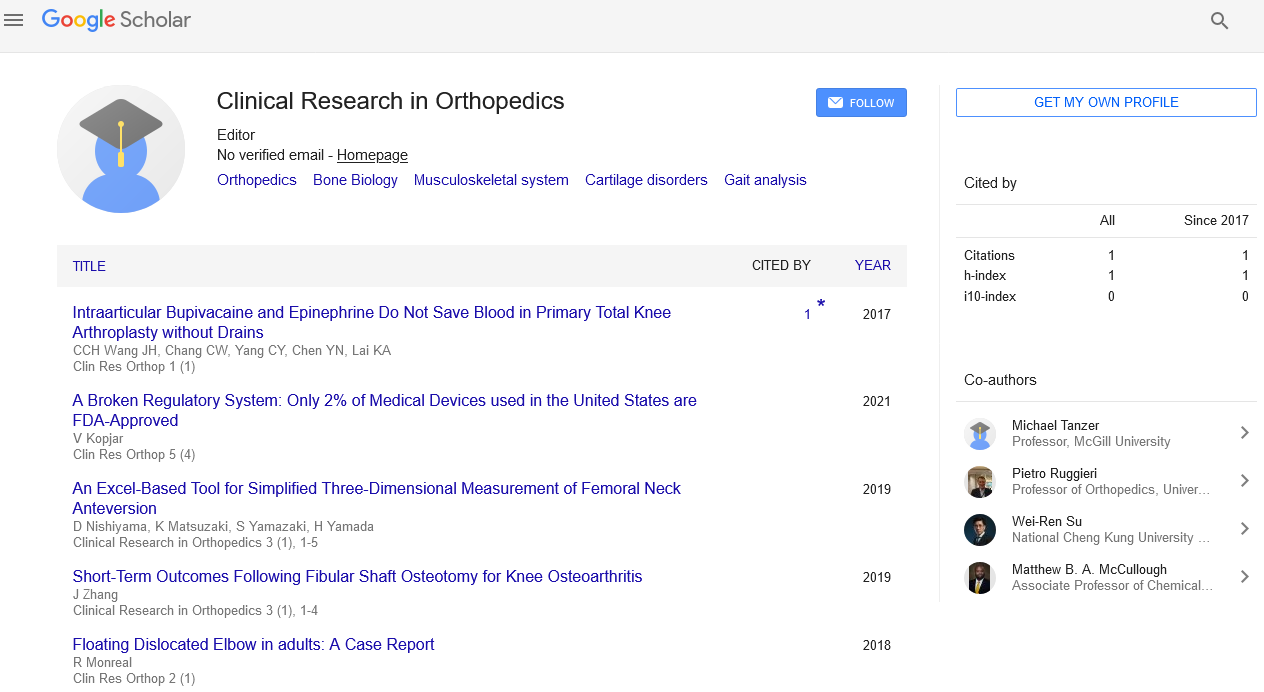Spinal cord stimulation: Rapidly expanding therapy in the opioid sparing chronic pain treatment algorithm
Krishnan Chakravarthy
University of California, USA
: Clin Res Orthop
Abstract
Physicians in the United States have been using spinal cord stimulation (SCS) to treat chronic pain conditions since it was first developed nearly half a century ago. Inspired by the seminal gate-control theory of pain proposed by Melzack and Wall, the conventional paradigm of SCS utilizes tonic 40-60 Hz stimulation that activates dorsal columns to elicit paresthesia over a patient’s painful region. This paresthesia-based SCS has proven to be an effective treatment modality for 40-50% of patients with refractory pain conditions, including complex regional pain syndrome and failed back surgery syndrome (FBSS). However, conventional SCS has several limitations, such as limited clinical indications, suboptimal or inadequate pain inhibition (e.g., non-responders), and progressive reduction of treatment effects over time. Despite technological improvements, it has been suggested that “no substantial improvement in results has occurred for more than 30 years”. Although traditional SCS is still a dominant neurostimulation therapy, with an estimated 50,000 implantations performed annually in the US to treat conditions such as low back pain and peripheral neuropathic pain, there is an increasing need for new stimulation paradigms that improve shortand long-term clinical effectiveness of SCS and expand its common indications. Within the last several years new SCS paradigms have been approved that include BURST, High Frequency, and Dorsal Root Ganglion Stimulation, with unique clinical indications. This growing field of neuromodulation has created increasing need for defined treatment algorithms and greater emphasis on indications as well as increased responsibility of interventional pain physicians to understand the different available technologies for their patients. This talk will cover the current field of spinal cord stimulation as an opioid sparing strategy and also discuss potential future prospects of an exciting way of treating chronic pain refractory to other interventions and pharmacologic treatments.
Biography
E-mail: kvchakravarthy@UCSD.EDU
 Spanish
Spanish  Chinese
Chinese  Russian
Russian  German
German  French
French  Japanese
Japanese  Portuguese
Portuguese  Hindi
Hindi 